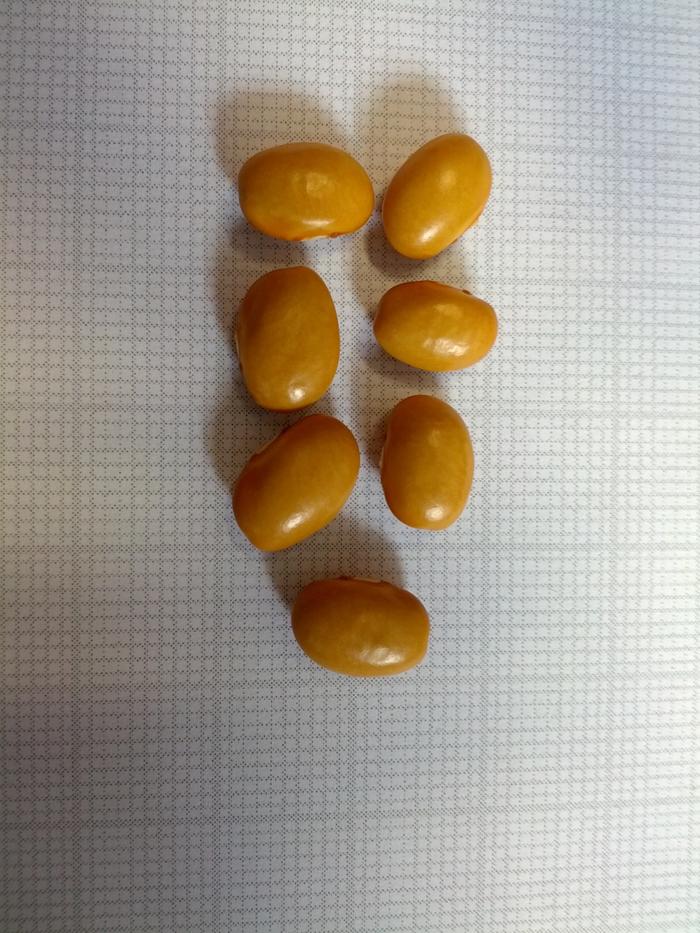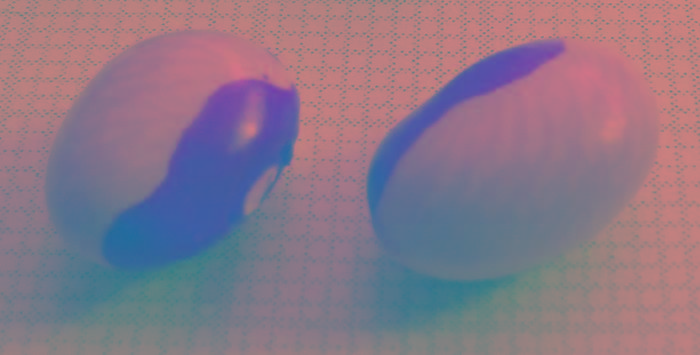
 1
1








Living in Anjou , France,
For the many not for the few
http://www.permies.com/t/80/31583/projects/Permie-Pennies-France#330873




 1
1




Invasive plants are Earth's way of insisting we notice her medicines. Stephen Herrod Buhner
Everyone learns what works by learning what doesn't work. Stephen Herrod Buhner









Invasive plants are Earth's way of insisting we notice her medicines. Stephen Herrod Buhner
Everyone learns what works by learning what doesn't work. Stephen Herrod Buhner

 2
2









neologism.Phaseolus vulgaris 'durango/pink'

 1
1




 1
1








 1
1




 1
1





 1
1
















Joseph Lofthouse wrote:André:
Common beans sometimes have what I think of as a "reversal" where the seed coloration is inverted from the normal pattern. So instead of having brown speckles on a beige background (for example with pinto beans), the pattern will be beige speckles on a brown background.
Yesterday I harvested the earliest of Phaseolus acutifolius.

 1
1




Shawn Harper wrote:I noticed this on some of mine. Do you think it is a weird quirk or possibly something that could be bred to be consistant?


















 2
2




 1
1





|
I'm not dead! I feel happy! I'd like to go for a walk! I'll even read a tiny ad:
Learn Permaculture through a little hard work
https://wheaton-labs.com/bootcamp
|


